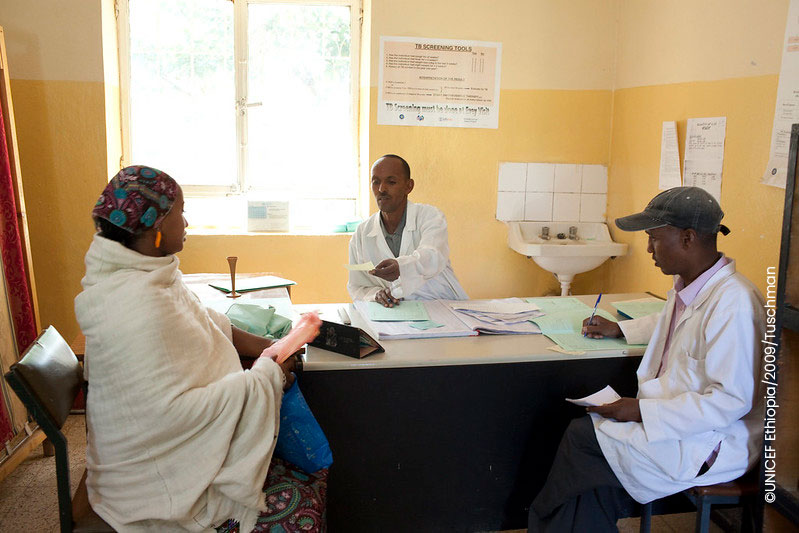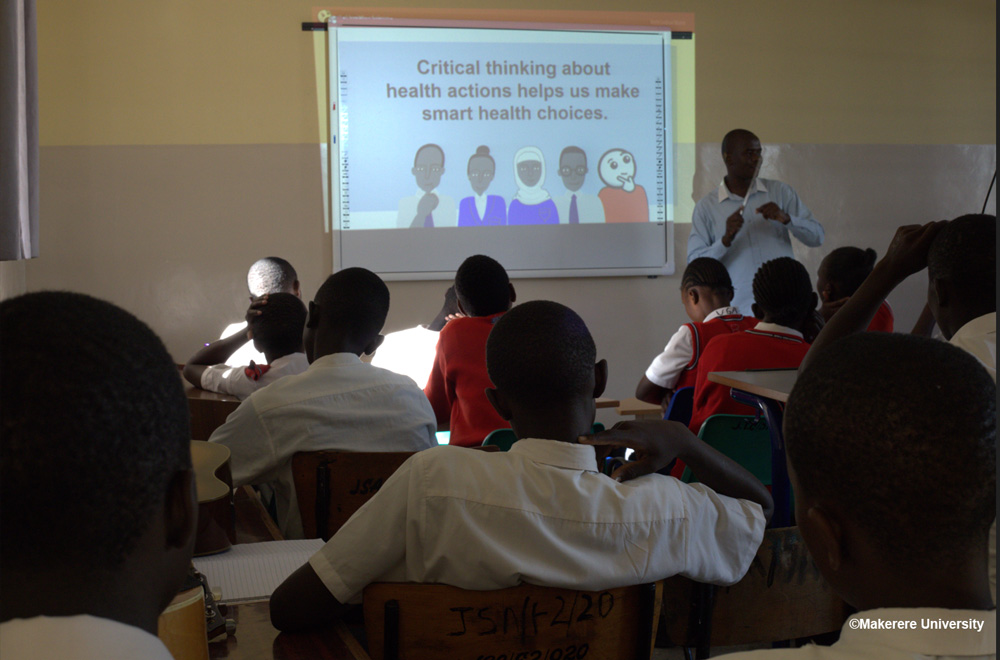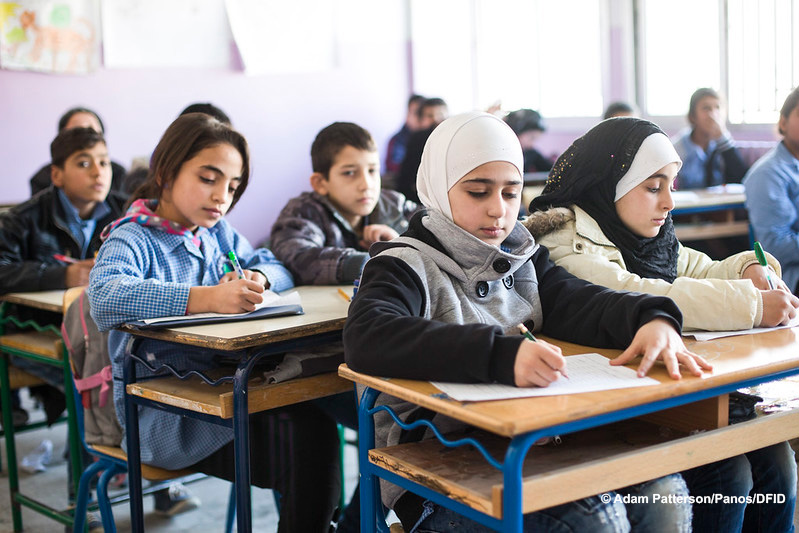In Nigeria, as in much of the developing world, many children never receive their full set of recommended immunizations. Even among children who receive some vaccinations, not all return for subsequent doses or later shots. In 2019, only 57 percent of infants in Nigeria completed their three-shot course of the DTP (diphtheria, tetanus, pertussis) vaccine.
To address this issue in Kebbi state, Nigeria, health authorities are enlisting religious leaders, traditional authorities, and traditional birth attendants to encourage families to complete their children's vaccination cycles. A 3ie formative evaluation conducted in the state informed these moves.
That formative evaluation actually focused on a different technology – color-coded vaccine reminder ankle-bands for children – which did not work as anticipated and had a high failure rate. Among other factors, parental misperceptions about harms from using the bands due to the red color of the dye affected their acceptability.
However, the study did reveal a lot about the blockages preventing children from completing their immunization cycles in the state. It found that families knew about vaccines, had no cultural problems with them, and even intended to vaccinate their children. However, their motivation to follow through was low. As a result, only nine per cent of children in the study group had received their third dose of pentavalent vaccine, which protects against five diseases.
The study also showed that parents were responsive to encouragement from traditional and religious leaders, with their engagement increasing the acceptability of vaccination interventions.
Accordingly, Kebbi state health authorities updated their immunization plans to explicitly include outreach strategies via traditional village chiefs, traditional birth attendants, and religious leaders. They also established a Juma’at Mosque Committee to encourage religious leaders (mostly imams) to raise awareness about immunizations at weekly sermons.
This example shows the role that formative evaluations can play in evidence-informed decision-making. Formative evaluations do not measure the impact of an intervention. Rather, they can identify whether interventions are practical or socially acceptable in a given context, as well as illuminate local barriers that might prevent the achievement of development goals. In this case, that evidence allowed policymakers to refine their outreach strategies. Without a full impact evaluation, we cannot be sure of the new policy's effect. But until then, a formative evaluation has given officials a promising road to go down.
More details about this case are in the evidence impact summary here. And dozens more cases where evidence from evaluations and syntheses informed real-world decisions are detailed in this new section of our evidence hub.













Great work! Thank you. Our group worked with faith leaders during the West African Ebola Epidemic in 2012-2014. It is essential to work with and walk alongside faith leaders as those who have a high trust reserve in communities. Our publication describing that experience was "Social capital formation in the West African Ebola Pandemic: Tapping faith-community trust reserves is an essential tactical strategy in outbreak control." Public health leaders need to bring faith leaders into community health initiatives because they are those to whom people turn with health concerns. Furthermore, our study showed that faith leaders saw health as within their purview of service and desired more information and education in order to serve their faith communities. Thanks!